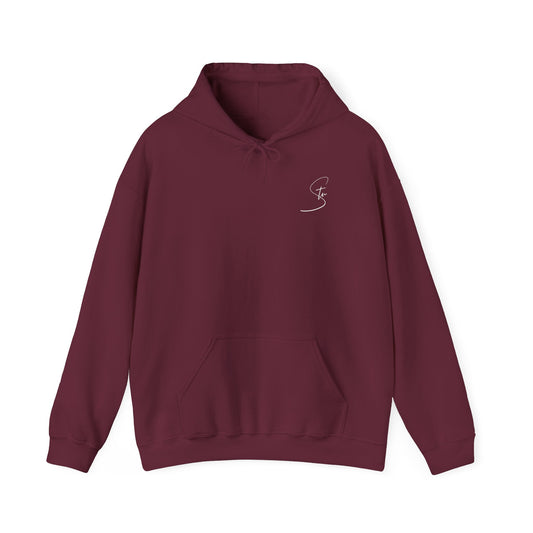From Hollywood to iPad: The Mocha-Inspired Tracker in LumaFusion
Share
From Hollywood to iPad: The Mocha-Inspired Tracker in LumaFusion
Why CoreMelt’s PaintX feels different on LumaFusion — and what that means for editors.
My first awareness of CoreMelt’s PaintX came years ago in Final Cut Pro. What made it stand out wasn’t just the paint and retouch tools — it was the Mocha Tracker inside. Mocha’s planar tracking didn’t chase single pixels; it locked onto surfaces and held through perspective shifts, motion blur, even partial occlusion. For screen replacements and cleanup, it was a lifesaver.
Fast forward to LumaFusion 5.3 on iPad: PaintX is here, but it’s running a Mocha-inspired planar tracker, not the full Mocha engine. It’s capable and mobile-friendly, but it doesn’t expose Mocha’s deeper toolset. That’s likely a mix of licensing choices and sensible performance limits on iPad.

A very short history of Mocha
Mocha began at Imagineer Systems (2001), introducing planar tracking and changing how VFX artists approached roto, cleanup, and compositing. A milestone came with The Curious Case of Benjamin Button (2008), helping secure a Scientific and Technical Academy Award. In 2014, Boris FX acquired Imagineer, expanding Mocha across hosts (Mocha AE, Mocha Pro) and plugging into pipelines from After Effects and Premiere to Nuke, Resolve, and Flame. Since then it’s been used on projects like Black Swan, Harry Potter, Star Wars, and The Mandalorian — it’s the tracking gold standard for a reason.
Where PaintX for LumaFusion fits
PaintX on iPad gives LumaFusion editors a practical, affordable way to get planar-style tracking for paint-outs and touch-ups, without leaving mobile.
Pros
- Planar-style tracking for common cleanup tasks
- Tools include Heal, Clone, Blur, and Warp
- Touch-friendly UI that fits LumaFusion’s workflow
- Strong value at $19.99
Cons (vs. full Mocha)
- No full Mocha UI, layer hierarchy, or advanced splines
- Missing modules like Remove, Stabilise, Lens, 3D solve/export
- Complex perspective shots can need more manual tweaking

Why PaintX first?
CoreMelt have other plugins (like TrackX) that could unlock broader creative options. PaintX may have been the most practical starting point for iPad: a focused feature set, clear everyday use cases, and fewer heavy dependencies. It’s a credible “first step” to prove planar tracking belongs on mobile — and a signal there might be more to come.
Just a few of the films & shows that leaned on Mocha Pro
Black Swan, Harry Potter and the Deathly Hallows, Star Wars: The Force Awakens, and The Mandalorian.







